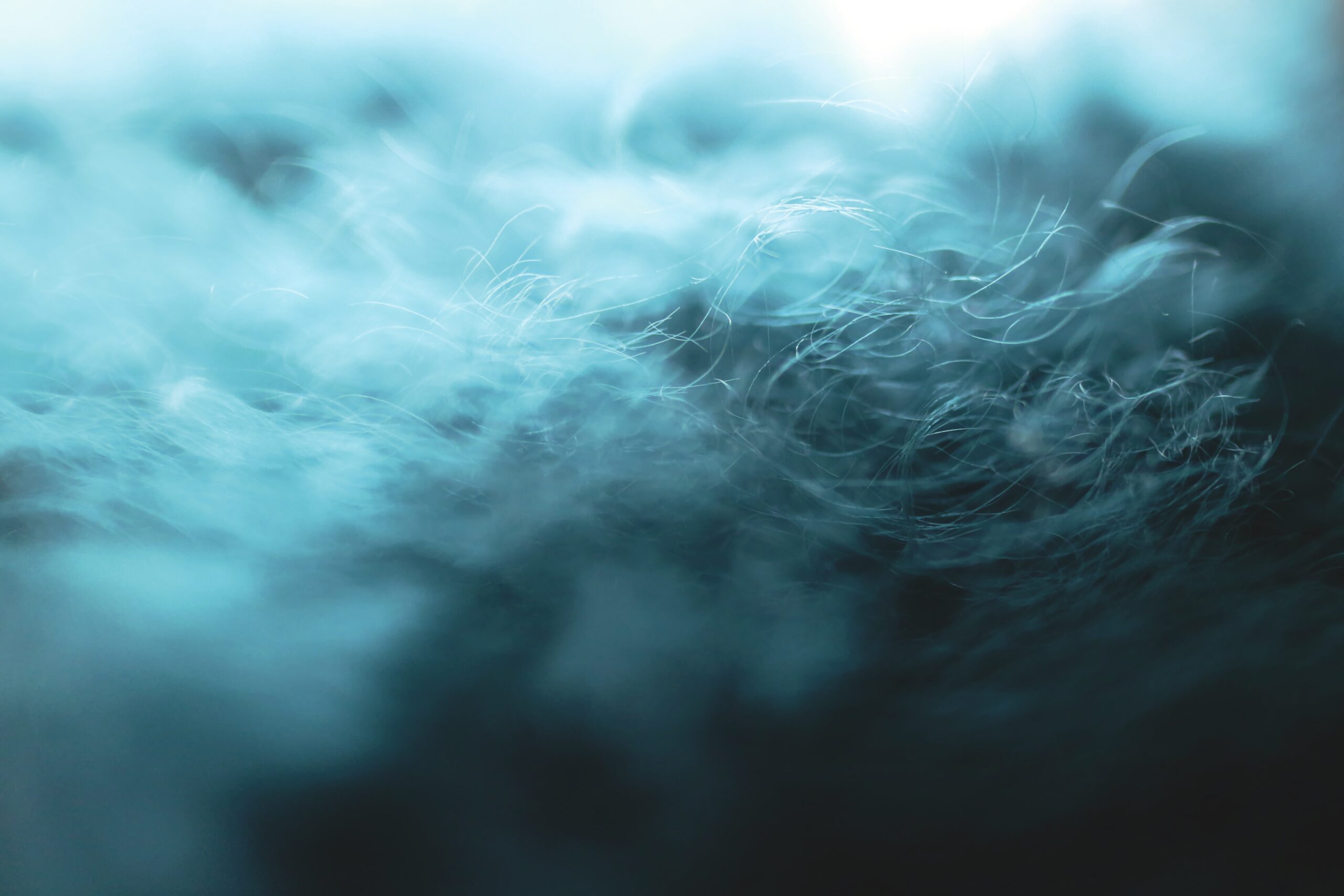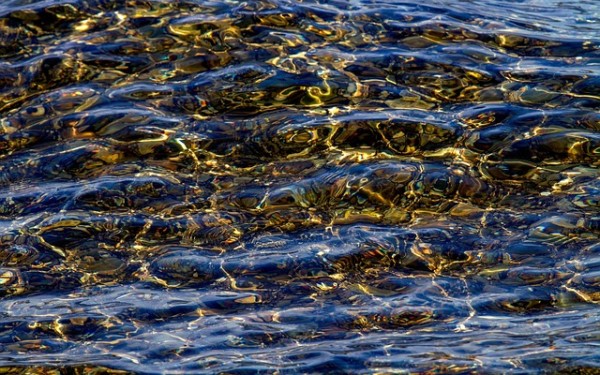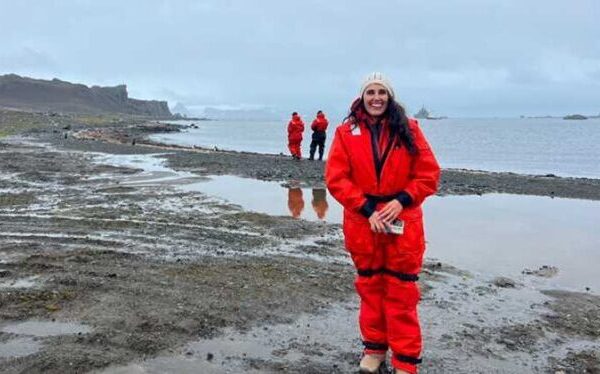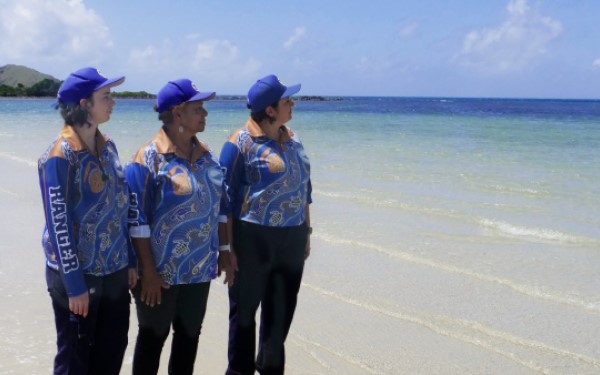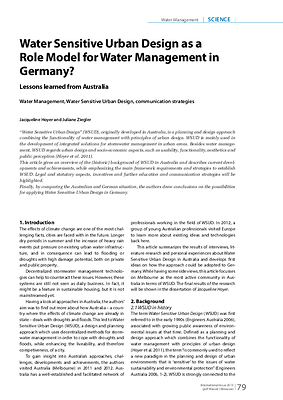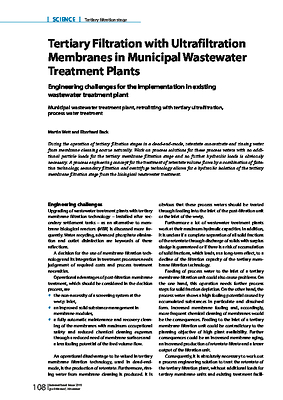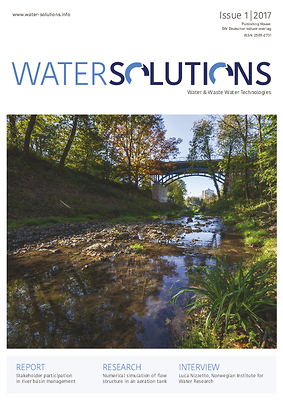Fionn Ferreira combined two separation principles: as the surfaces of most of the common plastics are relatively hydrophobic, he expected that, if he added oil to water containing microplastics, the plastic particles would rather migrate into the oily phase. Secondly, he knew from a scientific article by Arden Warner that non-toxic iron oxide (magnetite) is capable to clean-up oil-spills, because the oil adheres to the magnetite, which can be removed from the water by using a strong magnet. Ferreira expected that the microplastic particles could be removed from the water to at least 85 % by combining these two principles in form of a ferrofluid. To prove his hypothesis, he conducted more than 1,000 tests with self-prepared water samples containing the 10 most commonly found microplastics.
For the preparation of microplastic particles, he sanded hard plastic materials like PET, HDPE, PVC, PP, PS, and epoxy. Furthermore, he recovered LDPE particles by filtration and desiccation of cosmetic products and extracted plastic fibers from a washing machine filter and from model making grass (nylon and polyester).
To evaluate the removal efficiency of his method, he developed two different analytical devices himself, which allowed to measure the particle concentrations before and after the ferrofluid treatment. He built a spectrometer and took photographs of the plastic suspensions before and after the extraction from his microscope. He analyzed the particle images by using Adobe Photoshop.
As result he obtained an average quantity of 87,6 % of microplastics extracted by applying the ferrofluid. The method turned out to be most effective for plastic fibers extracted from the washing machine.
However, there is still an important question to answer: what happens to the mixture of oil, magnetite and microplastics, after it has been removed from the water?
All details of the experiments including a video demonstrating the extraction procedure is available under www.googlesciencefair.com
18-year-old student invented a method for removing microplastics from water
Kategorie: People
Thema: Water Solutions
Autor: Jonas Völker
Das könnte Sie auch interessieren:
Passende Firmen zum Thema:
Publikationen
Sie möchten die gwf Wasser + Abwasser testen
Bestellen Sie Ihr kostenloses Probeheft
Überzeugen Sie sich selbst: Gerne senden wir Ihnen die gwf Wasser + Abwasser kostenlos und unverbindlich zur Probe!

